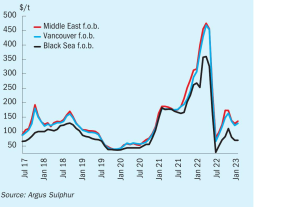
Price Trends
Meena Chauhan , Head of Sulphur and Sulphuric Acid Research, Argus Media, assesses price trends and the market outlook for sulphur.

Meena Chauhan , Head of Sulphur and Sulphuric Acid Research, Argus Media, assesses price trends and the market outlook for sulphur.
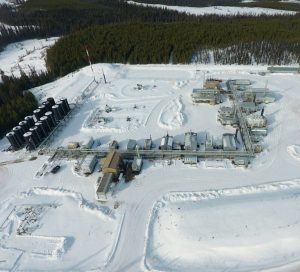
CRU, a leader in sulphur industry market analysis, price assessments, consultancy and events, and Abu Dhabi-based UniverSUL Consulting LLC, dedicated to providing unbiased technical expertise in sour hydrocarbon production and sulphur recovery, have announced a formal partnership aimed at enhancing the value of industry events for the sulphur industry.
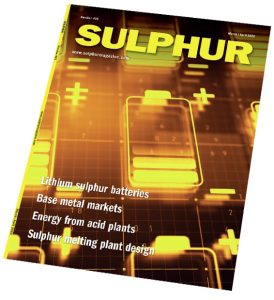
As it is an involuntary product, sulphur tends to be sold at whatever price the producer can get for it. This means that one of the major determinants of the sulphur price is the cost of transporting it to the customer, and in this regard one of the key indices is the Baltic Dry Index (BDI), which measures the cost of shipping dry bulk goods around the world, reported daily by the Baltic Exchange in London. The BDI has been on quite an excursion over the past couple of years – perhaps not as wild as the period from 2004-2009 when everyone wanted to ship goods to and from China, there was a shortage of vessels to carry it, and oil prices were at record highs - but eye-catching nevertheless.

China has been the major market for base metals, including copper, nickel, lead and zinc over the past two decades as the country rapidly industrialised. But with China’s growth slowing due to demographics and market saturation, where are metals markets and production of/demand for sulphuric acid likely to go next?
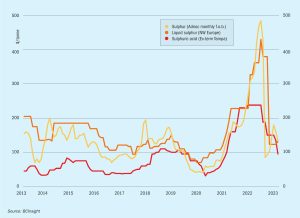
Chinese domestic sulphur supply growth remains strong. Production is expected to rise in 2023, putting pressure on import demand potential. In 2022 total imports were 7.6 million tonnes, with a stable view for the year ahead.

SulGas, South Asia’s sulphur recovery and gas treating conference, returned to a live event in 2023, providing participants with a platform to interact with experts in the field, share best practices and troubleshooting tips with fellow refiners and discuss advanced technologies and operating procedures with technology providers, vendors and licensors.
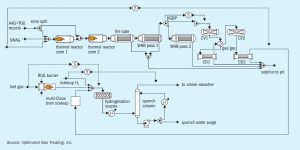
SO2 breakthroughs remain an ever present threat to the successful operation of reductive, quenchamine-based tail gas clean-up units (TGUs). Optimized Gas Treating presents a case study which demonstrates how SulphurPro's detailed reaction kinetics and mass transfer rate model can be used to analyse integration techniques and mitigation methods.
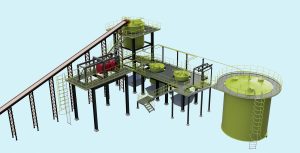
Sulphurnet discusses the importance of a whole life cycle cost analysis at the conceptual design phase when making investment decisions about new sulphur processing facilities.

Blasch Precision Ceramics reports on the deployment of VectorWalls™ to improve the performance of the SRU thermal incinerator and provide benefits such as lower fuel gas consumption and lower CO2 emissions.
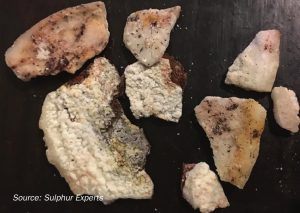
Sulphur Experts Inc. combines new learnings, historical data, and recent onsite experience from operating companies to show what factors really impact ammonia plugging risk and what can be done to control them in order to allow for a wider operating range for SWS processing in the refinery SRU.